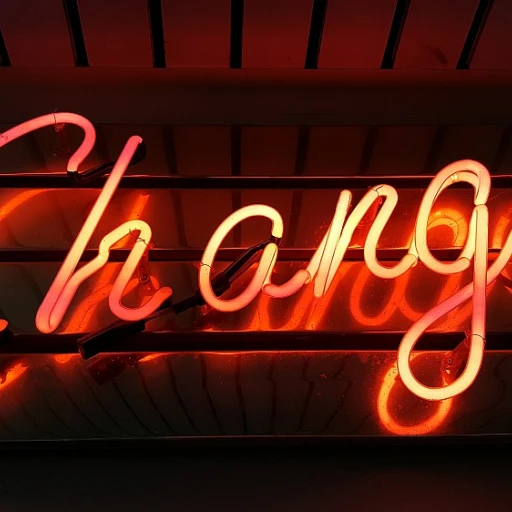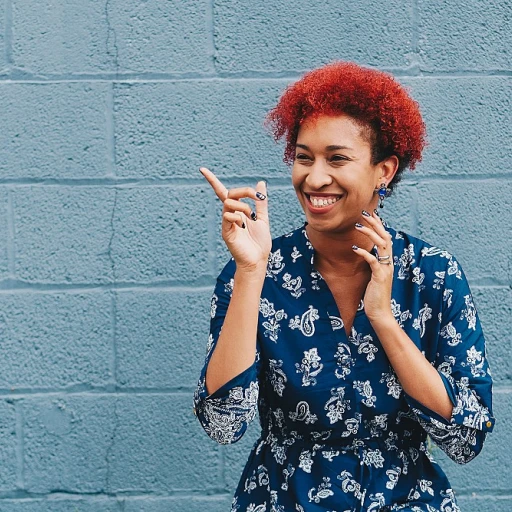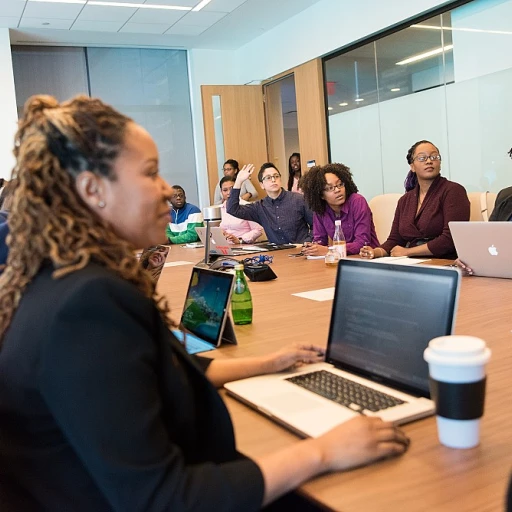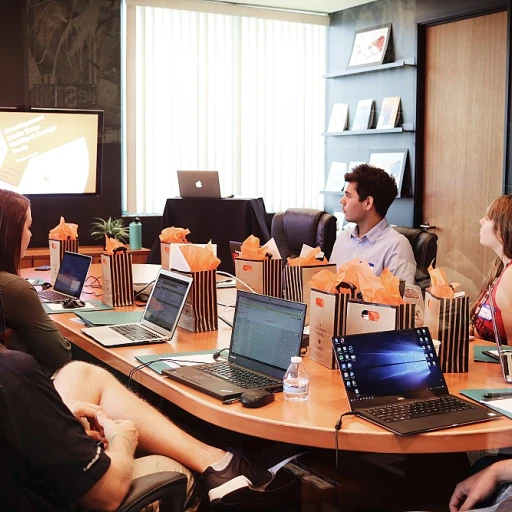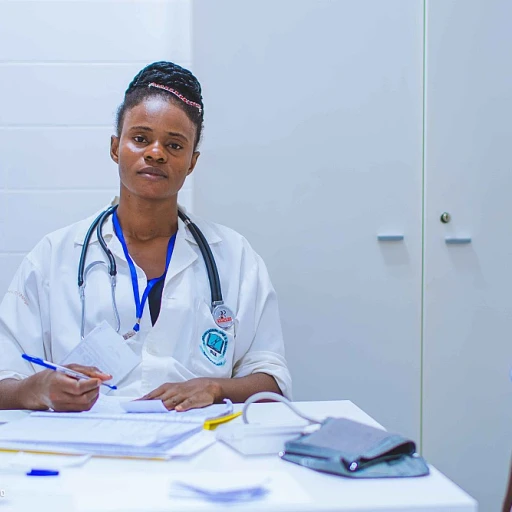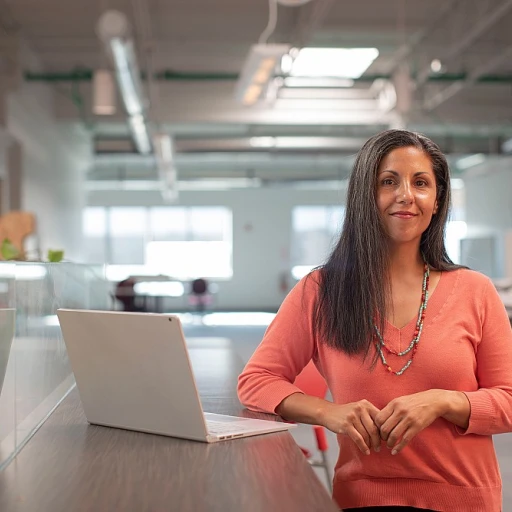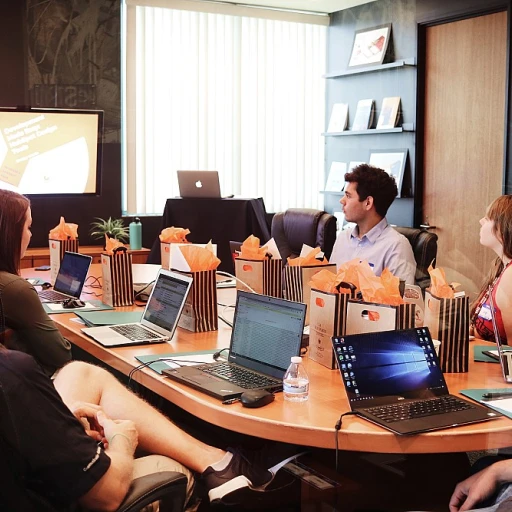
Understanding the Concept of a Personal Learning Environment
Conceptualizing Your Personal Learning Horizon
Understanding the notion of a Personal Learning Environment (PLE) is pivotal as you embark on crafting your own learning ecosystem. Leveraging this dynamic framework can significantly enhance your educational journey, offering opportunities to foster both formal and informal educational experiences tailored to your unique preferences and requirements. At the core, a PLE encompasses the integration of diverse and digitally-enabled tools, environments, and social networks, which amalgamates to create enriched learning experiences.
Your personal learning environment is not merely a collection of digital tools or resources; it’s the foundational structure that supports a personalized learning journey. By involving a mix of digital platforms, online tools, and social media integrations, you can cultivate an environment that aligns with your learning goals and preferences. As students, tapping into a multitude of educational resources—from university libraries to Google Scholar—can substantially broaden your access to knowledge.
The learning process is highly individualized, and a PLE encourages you to work at your own pace with resources that best support your learning style. Whether it's blended learning or more traditional educational models, the key lies in creating an ecosystem that supports continuous learning and development.
The focus on personalized learning is significant as it revolves around the learner, providing a tailored approach to education that considers individual needs, preferences, and goals. By making use of social networks and online communities, students can further personalize their learning environments, engaging in discussions and collaborations that bolster the learning outcomes.
In adapting to this approach, it's important to understand the significance of a structured learning plan, the right mix of tools, and the integration of feedback and reflection, which further enriches the personal and professional learning experience. Optimizing your path with an effective strategy can act as a citadel for your progress, fortifying your educational aspirations into tangible achievements. Explore effective strategies to enhance your learning process.
Identifying Your Learning Needs and Goals
Pinpointing Your Educational Aspirations
Embarking on a journey to craft your own learning ecosystem begins with a clear understanding of your educational aspirations. Identifying your learning needs and goals is a crucial step in creating a personalized learning environment (PLE) that truly supports your growth. This process involves introspection and a strategic approach to ensure your learning experiences are both meaningful and effective.
Assessing Your Current Skills and Knowledge
Start by evaluating your current skills and knowledge base. Consider what you already know and what you need to learn to achieve your personal and professional objectives. This self-assessment will help you identify gaps in your knowledge and skills, guiding you in selecting the right educational resources and tools.
Setting Clear and Achievable Goals
Once you have a clear understanding of your current skills, it's time to set specific, measurable, achievable, relevant, and time-bound (SMART) goals. These goals will serve as a roadmap for your learning journey, helping you stay focused and motivated. Whether you're a student or a professional, having well-defined goals will enhance your learning process and lead to better learning outcomes.
Exploring Effective Training Modalities
To further refine your learning goals, consider exploring effective training modalities that align with your personal learning style. Whether you prefer online tools, blended learning, or social networks, choosing the right approach will enhance your learning experience and support your educational aspirations.
Utilizing Digital Tools and Resources
In today's digital age, access to a wide range of online tools and resources is easier than ever. Platforms like Google Scholar, educational websites, and social media networks offer a wealth of information that can be tailored to your learning needs. By leveraging these tools, you can create a dynamic and flexible learning environment that adapts to your evolving goals.
Documenting Your Learning Journey
As you identify your learning needs and goals, consider maintaining a journal to document your progress. This practice not only helps in tracking your achievements but also provides an opportunity for reflection and feedback. Regularly reviewing your journal entries will allow you to adapt your learning environment and strategies, ensuring continuous improvement in your educational journey.
Selecting the Right Tools and Resources
Selecting Optimal Tools and Resources for Learning
In crafting your personal learning environment, the selection of tools and resources is pivotal. Learning, in its personalized form, is enhanced by the use of digital tools and resources that align closely with your educational goals. The diversity of available options can be overwhelming, hence, focusing on tools that effectively cater to the personalized learning outcomes you seek is crucial. With an abundance of online tools, finding the right educational resources requires an understanding of your learning style and goals. Students can begin by exploring platforms like Google Scholar for academic articles or digital libraries that offer access to a wealth of knowledge. Additionally, the integration of social networks into your learning process can serve as a collaborative tool, connecting you with a community of learners and educators. For a more structure-based learning experience, consider blending online resources with formal work offered by institutions such as a university. This blended learning approach allows for a seamless transition between theoretical knowledge and practical application, crucial in developing applicable skills. The creation of a learning journal could be instrumental in documenting your journey, enabling reflection and planning for further learning experiences. Utilizing tools resources that adapt to your needs can facilitate personalized learning environments, ensuring that your learning process is both effective and efficient. Ultimately, your personal learning environment should comprise tools and resources that not only match your current needs but also adapt as you progress. By fostering an environment that evolves with you, you ensure that your educational journey is not only productive but also uniquely tailored to your personal goals. To delve deeper into understanding how competencies fit into this dynamic, explore this link.Creating a Structured Learning Plan
Designing Your Learning Pathway
Creating a structured learning plan is a pivotal step in your personal learning journey. It's where you bring together the insights from identifying your learning needs and goals, and the tools and resources you've selected, to form a cohesive strategy. This plan will serve as your roadmap, guiding you through the learning process and helping you stay focused on achieving your educational objectives.
Begin by outlining your learning objectives. What skills do you aim to acquire? Are there specific learning outcomes you are targeting? Clearly defining these will help you tailor your learning environment to meet your personal needs. Consider using digital tools like online calendars or project management apps to organize your schedule and track your progress.
Integrating Diverse Learning Modalities
Incorporate a mix of learning experiences to keep your education dynamic and engaging. Blended learning, which combines online tools with traditional methods, can be particularly effective. Access resources from various platforms, such as university lectures, online courses, and social networks, to enrich your learning environment. This approach not only diversifies your learning but also helps you adapt to different educational contexts.
Remember, your learning plan should be flexible. As you progress, you might find that certain tools or resources are more effective than others. Be open to adjusting your plan based on your experiences and feedback. This adaptability is key to maintaining a personalized learning environment that evolves with your needs.
Documenting Your Journey
Maintaining a journal can be a valuable part of your learning process. Documenting your experiences, challenges, and achievements helps reinforce your learning and provides a record of your progress. Regular reflection on your learning experiences can offer insights into how you can further personalize your learning environment.
Ultimately, a structured learning plan is not just about setting goals and timelines. It's about creating a supportive environment that fosters continuous growth and development. By thoughtfully designing your learning pathway, you can enhance your educational journey and achieve your personal and professional aspirations.
Incorporating Feedback and Reflection
Encouraging Constructive Feedback and Reflection
In the journey of developing a personal learning environment, integrating feedback and reflection is critical for ensuring that new skills truly take root. Constructive feedback is not just about identifying areas for improvement but also about reinforcing strengths. It helps students understand where they excel in their personalized learning journey and where additional focus may be needed. Engagement with peers in online learning environments or social networks can provide multiple perspectives on your performance. Sharing your learning experiences in study groups or educational platforms encourages a dialogue that can uncover insights you might overlook on your own. When possible, actively seek feedback from a variety of sources, such as fellow students, instructors, or even through your participation in various online tools and courses. Equally important is the process of reflection. It is beneficial to set aside time regularly to review your learning process and outcomes. Utilize journals or digital tools specifically designed to log your progress and thoughts which can help in organizing your reflections. These reflections can be a personal and introspective look at what techniques worked and what didn’t, assisting in adjusting your personalized learning plan. For students in a work-based learning context, feedback and reflection become even more essential. Professional environments demand the application of skills in real-time, and immediate feedback can be pivotal for continuous improvement. Use opportunities such as workshops, webinars, or university resources to gain insights and foster a reflective habit. The feedback and reflection cycle not only enhances your educational journey but also aligns with the broader aim of personal growth. By constantly iterating your learning methods, you ensure that your personal learning environment is always evolving and adapting to meet both educational and professional demands.Evaluating Your Progress and Adapting Your Environment
Assessment and Adjustment of Your Learning Journey
Evaluating your progress within your personal learning ecosystem is crucial to ensure you're moving towards your educational objectives. This process not only confirms the effectiveness of your learning outcomes but also highlights areas that may require adjustment. Let's explore how you can continuously improve your learning environment.- Self-Assessment: Regularly reviewing your learning process allows you to measure personal progress effectively. Consider maintaining a journal to track your learning experiences and insights. This can act as a reflective practice, helping you cement knowledge and understand where you may need further development.
- Feedback Mechanisms: Leveraging external feedback is equally important. Engage with more experienced individuals within your educational circle or utilize social networks to gather insights. Online tools and platforms often offer options for peer feedback and assessment. Utilizing these resources will keep your learning personalized and react to the dynamic nature of your goals.
- Utilization of Analytical Tools: Consider using digital tools to analyze your progress. These can provide data-driven insights into your learning habits and outcomes. Such analytics can offer a clear view of your achievements and areas that require improvement.
- Adapting Your Learning Environment: Based on the feedback and self-assessment, adapt your current environment. Whether it’s introducing new educational resources or diversifying your learning strategies with both traditional and blended learning methods, change should be welcomed as a step towards a more effective learning experience.


